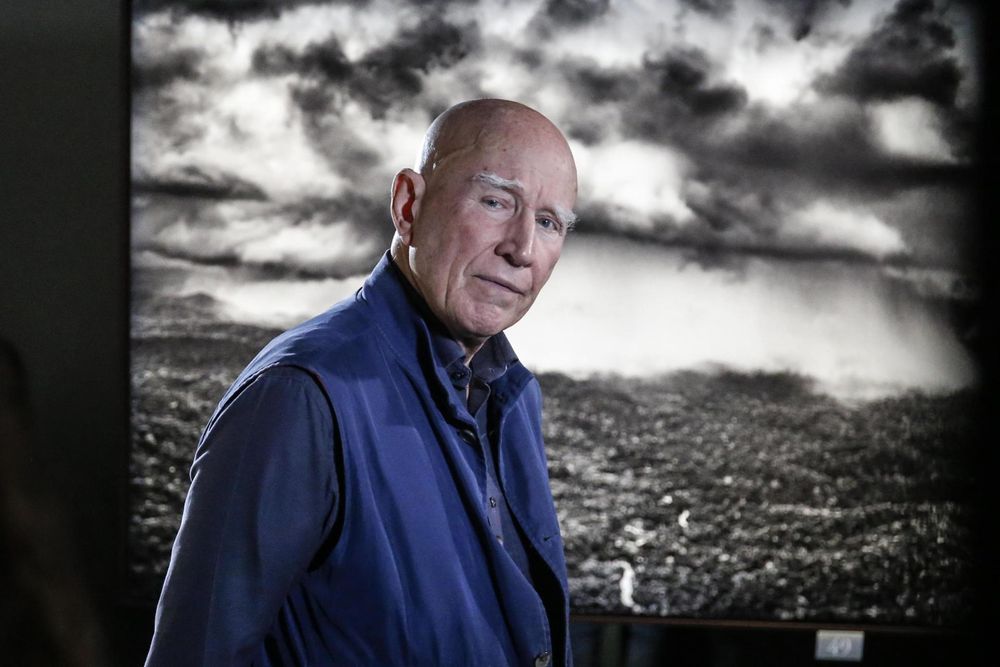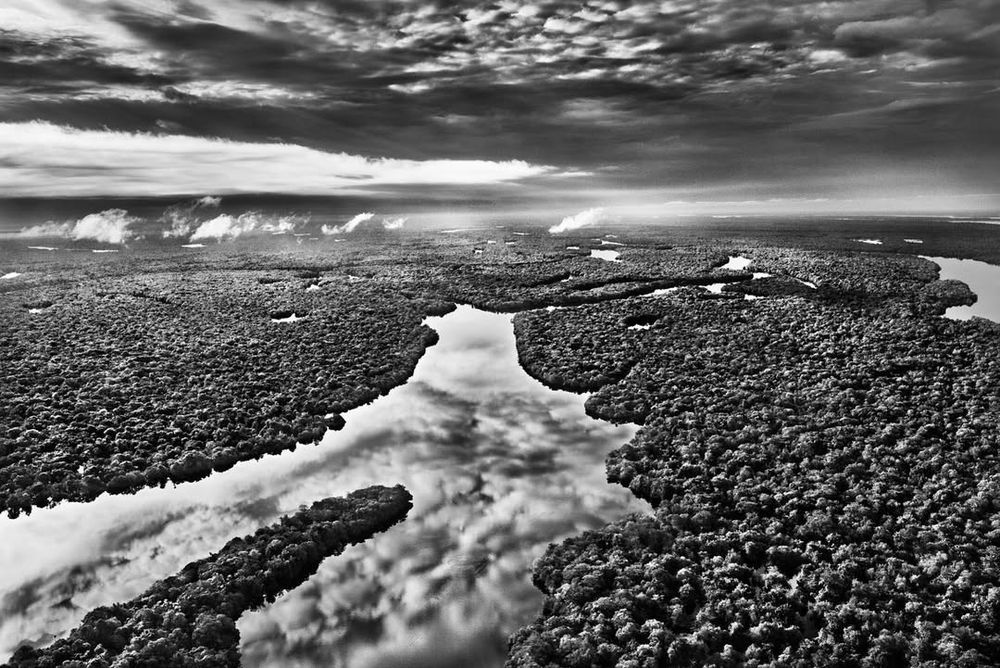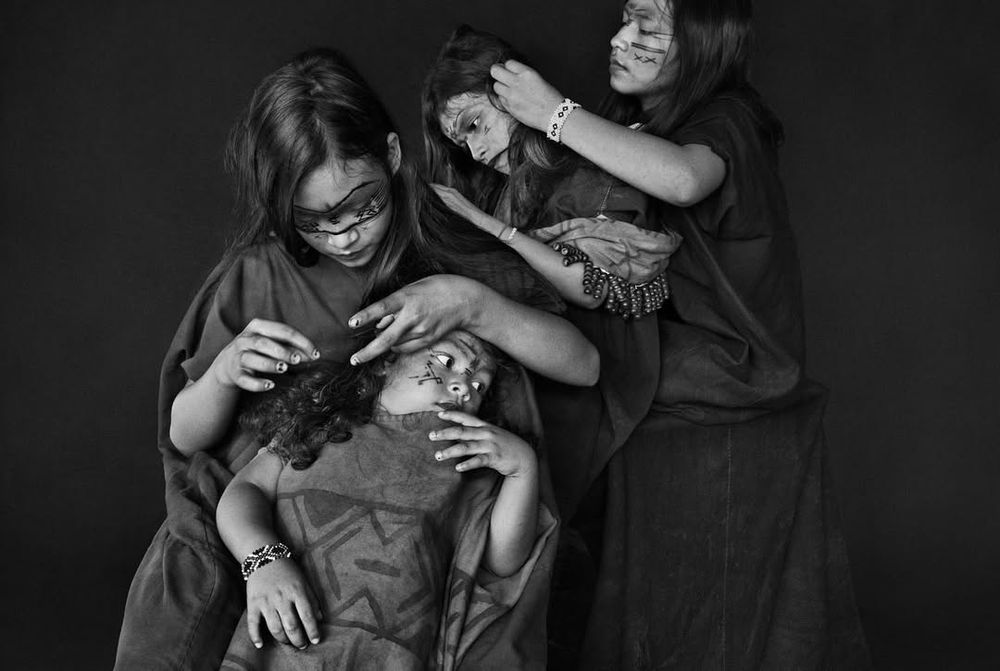Sebastião Salgado, one of the world's greatest photographers who captured the Amazon like no one else, has passed away.

At the age of 81, Brazilian photographer and environmentalist Sebastião Salgado died in Paris . He spent five decades immortalizing the best and worst of the planet—from remote natural treasures to human calamities—with an unmistakable documentary style that combined beauty with commitment and masterfully handled black and white.
Famous for his vast body of work depicting wildlife, landscapes, and people around the world, he died last Friday at the age of 81 , according to the Terra Institute of Brazil, which he founded with his wife.
“It is with immense regret that we announce the passing of Sebastião Salgado, our founder, mentor, and eternal inspiration,” reads the message posted on the institution’s Instagram account.
Sebastião Salgado

EFE
The French Academy of Fine Arts, of which he was a member, also expressed its gratitude. “We are deeply saddened to announce the death... of Sebastião Salgado,” describing him as “a great witness to the human condition and the state of the planet.”
Brazilian President Luiz Inácio Lula da Silva paid tribute to photographer Sebastiao Salgado, calling him "one of the greatest and best photographers the world has ever known, if not the greatest."
Embed - Sebastião Salgado, one of the world's greatest photographers who captured the Amazon like no one else, has died.
Sebastião Salgado , one of the world's greatest photographers, was born on February 8, 1944 in Aimorés, Minas Gerais, Brazil. He was an internationally renowned photographer known for his focus on humanitarian and social issues. A graduate in economics, Salgado initially worked in the economic field, but in 1973 he decided to dedicate himself to photography. This transition allowed him to document poignant human situations, giving a voice to often ignored communities.
His black-and-white photographs brought him worldwide fame, and the "Workers" exhibition was shown in more than 60 museums. In 1994, Salgado founded his own agency with his wife, architect Lélia Wanick, to distribute his photos: Amazonas Images.
The photographer himself explained his choice of black and white photography: "Nothing in the world is black and white. But transforming this entire range of colors into shades of gray allowed me to completely abstract color and focus on the point of interest I have in the photograph. From that moment on, I began to truly see things in black and white."
Sebastião Salgado

Sebastião Salgado
From 1993 to 1999, he focused his attention on the global phenomenon of mass displacement of people, resulting in "Exodus" and "Portraits of the Children of Exodus." Both books were published in 2000 and achieved worldwide success.
Amazon and environmental careIn an interview, Salgado said: "I was finished. I spent seven years photographing refugees fleeing wars. In the refugee camps in the Congo, in Goma, in 1994, 12,000 Rwandans were dying every day. I was there. What I saw in Rwanda was so brutal that I gave up photography."
To recover, he returned home to Brazil, where he was struck by the changes his parents' farm had undergone. The forest, which had once covered half the land, had been reduced to less than 1 percent. Lélia and Sebastião Salgado then began their efforts to reforest the region.
In 1998, they converted 680 hectares into a nature reserve and founded the Terra Institute, successfully planting 2.7 million trees. After this experience, he returned to working with a camera and devoted his attention to landscape photography.
Sebastião Salgado

Sebastião Salgado
Sebastião Salgado
Sebastião Salgado
Sebastião Salgado
Sebastião Salgado
Sebastião Salgado
Sebastião Salgado
Sebastião Salgado
Sebastião Salgado
Sebastião Salgado
Sebastião Salgado
Sebastião Salgado
Sebastião Salgado
Sebastião Salgado
Sebastião Salgado
Sebastião Salgado
Sebastião Salgado
losandes

%3Aformat(jpg)%3Aquality(99)%3Awatermark(f.elconfidencial.com%2Ffile%2Fbae%2Feea%2Ffde%2Fbaeeeafde1b3229287b0c008f7602058.png%2C0%2C275%2C1)%2Ff.elconfidencial.com%2Foriginal%2Fc38%2Fe3e%2Fffd%2Fc38e3effd3f522e20c1d3a5ea879598e.jpg&w=1280&q=100)



